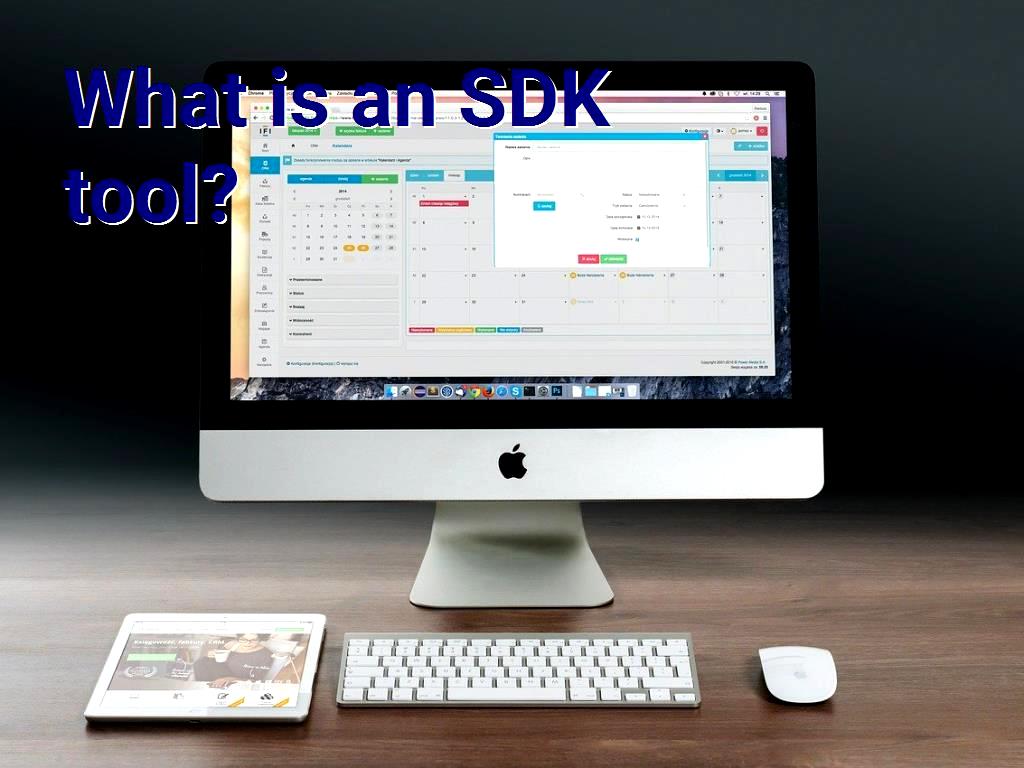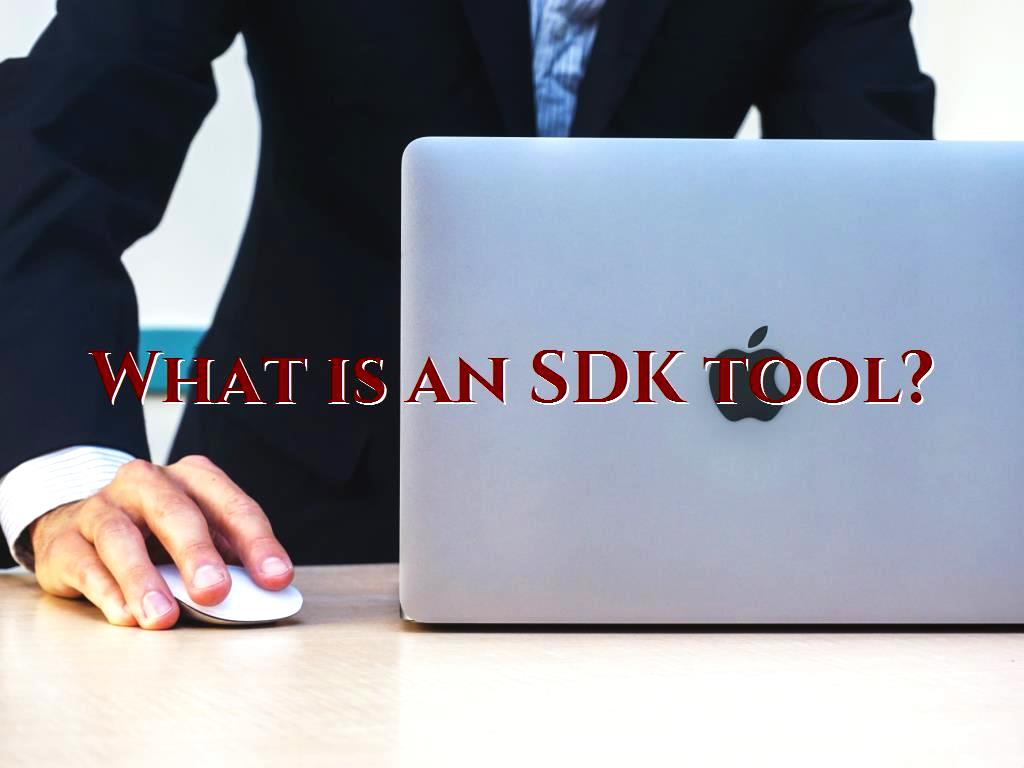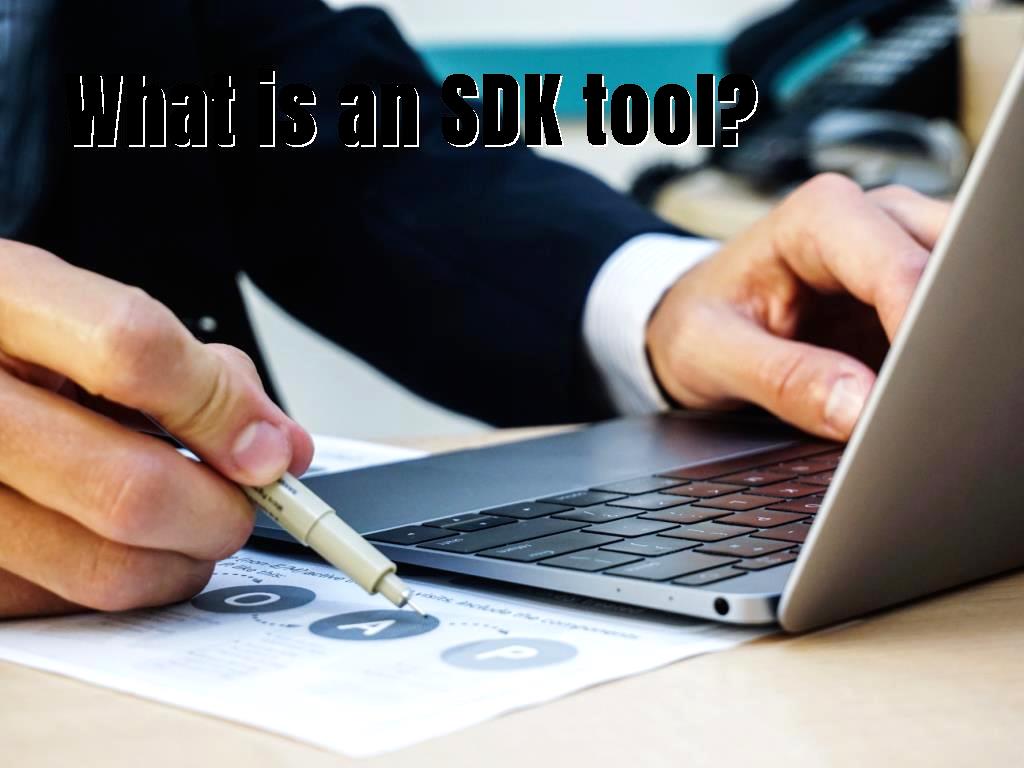What is an SDK tool?
7 minute(s) read | Published on: Oct 26, 2021 Updated on: Dec 14, 2021 |

What is an SDK?
It should be noted that SDK stands for Software Development Kit, which is also called Devkit. The SDK is a set of tools, code, functions, guides, and libraries developers can use. App developers use this suite to quickly design and develop applications.
It is essential to know that SDKs are designed separately for specific operating systems and programming languages. In this case, each operating system has its SDK, and even to be able to use different programming languages in the operating system, it is better to use its SDK. For example, we can say that if you want to have an application with the Android operating system, it is better to have a relevant and suitable SDK, or if you're going to have applications for the operating system and IOS platform, you must use the special SDK. SDKs usually have IDEs that can act as the main programming interface. This programming environment can include programming windows, debugging sections, and a visual editor. Users can quickly program using the graphical user interface. It should also be noted that it consists of a compiler for compiling and can compile the source code for execution.
In addition, there are some sample codes in the SDKs that provide users with some examples of how to use libraries. This makes it easy for developers to program using code. Some SDKs also have graphical tools such as buttons and icons used in applications. For example, in the Android SDK, there are different types of icons and styles that programmers can use in designing and developing different types of apps. Of course, developers usually provide SDKs for free in the design and development of applications, and programmers can also use free SDKs to edit and improve source code. SDK Features
A good SDK has the following features:
- It is easy to use for developers in designing and developing applications.
- In addition to the SDK itself, some documentation on how to use them should be provided with it.
- A good SDK is an SDK that can add value to other applications while using it.
- A good SDK should not damage different parts of the phone such as CPU, battery, or Internet junk.
- In addition to all the items listed above, when using other SDKs do not conflict with each other and can be used simultaneously.
- In short, we can briefly say that an SDK is good when it works properly. What are the benefits of having a mobile SDK?
1- Fast integration:
If you want to see and have many contracts, it is better to have SDK. Because the presence of SDKs helps in the development of mobile apps and makes the new product integrate faster and easier with other apps.
2- Efficient development:
It is worth mentioning that none of the developers and designers of the application can write all the code for the tools needed to design the app. Therefore, the appropriate SDK should be used. In this case, using the appropriate SDK, you no longer need to write all the necessary code to create and design tools. Just use the appropriate SDK and then enter the code for other parts and tools of the application. Therefore about 18% of all mobile applications use the SDK.
For example, suppose an application developer wants to make it possible to share text on an Instagram social networking application. There are two ways to do this. Firstly, the application developers should implement from zero to one hundred by coding it appropriately and appropriately. In a second way, they can go to the Instagram application SDK and use it, so that it is easy and without the need to code from zero to Hundreds, to implement that idea. As you know, the second way, which is to use the SDK without the need for zero to one hundred codings, is the easiest and best option that the application developer can choose.
3- More access:
In this case, if you have designed and produced a valuable product using the appropriate SDK, you will be able to launch the app and the product produced in all operating systems and platforms. Therefore, there will be more access to apps designed to use SDKs than other platforms and operating systems.
4- More control:
will use the SDK in designing and developing the desired applications ( in German: Konzeption und Entwicklung der gewünschten Anwendungen ). In this case, if you use SDKs in designing the application, you will easily avoid the application user relationships and all possible risks. Even using the SDK can help reduce user downtime (dissatisfaction).
Another possibility that you will have in using the SDK in designing and developing apps is that you will be able to specify the type of integration of the app with other apps. In addition, you can also view the performance and even display your app and product in other apps. Manage and control apps.
By using the SDK in designing and developing your apps, you can ensure that your app and product will not be tampered with by other developers.

What is an API?
API stands for Application Programming Interface and is called software programming interface. The task of the Application Programming Interface is to connect the two applications and establish a connection between them.
What is the difference between API and SDK?
As we have described both separately, we know that both are tasks to make connections between applications. But these are different, and what is the difference between them?
The SDK can be considered the post office and the API as the postman. The API carries user requests from one application to another, connecting the two apps.
In contrast, the SDK includes all the tools and items needed to communicate between apps. In addition to all the tools for communicating between apps, all the basics are needed to build new apps or parts of them. In other words, an SDK can include all the tools for building new applications or parts of it and APIs.
So, the difference between an API and an SDK is that the SDK is a large container that can contain all the tools, basics needed to build apps, or parts of it, and the API is a part of it. Different types of software development kits
1- Development Kit along with hardware:
Software Development Kit, which is not only for mobile apps and websites. This kit can be used to develop all IoT-based services.
2- Mobile operating system development kit:
This kit can also design and develop different types of applications for Android and iOS operating systems and platforms. These kits are publicly available to developers for app design and development.
3- Programming language kit for web programming languages:
Developers should use some SDKs instead of programming languages such as Python, Ruby, JavaScript, and PHP for programming and designing websites.
4- Open-Source Software Development Kit:
These types of SDKs are free, and software companies ask developers to modify and modify them as desired.
5- Dedicated SDKs:
Unlike the open-source SDKs described above, these types of SDKs require access permissions to use, and without access permissions, developers cannot access the source code and modify it.

The components of SDKs are as follows:
- Code Library
- API
- IDE
- Documentation for how to use
- Debugger
- Sample codes
- Educational documents
- Support tools
Click here to create a mobile app